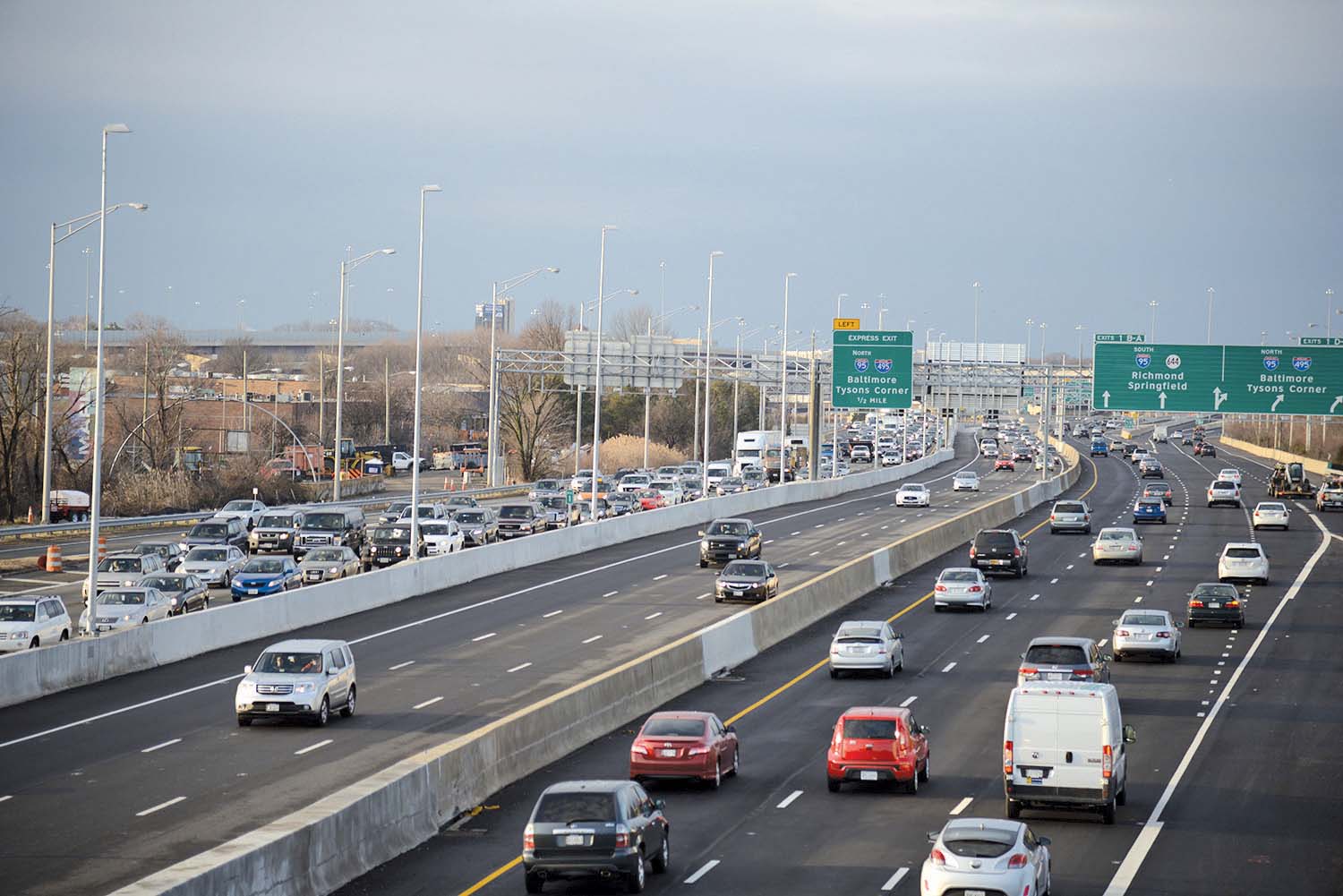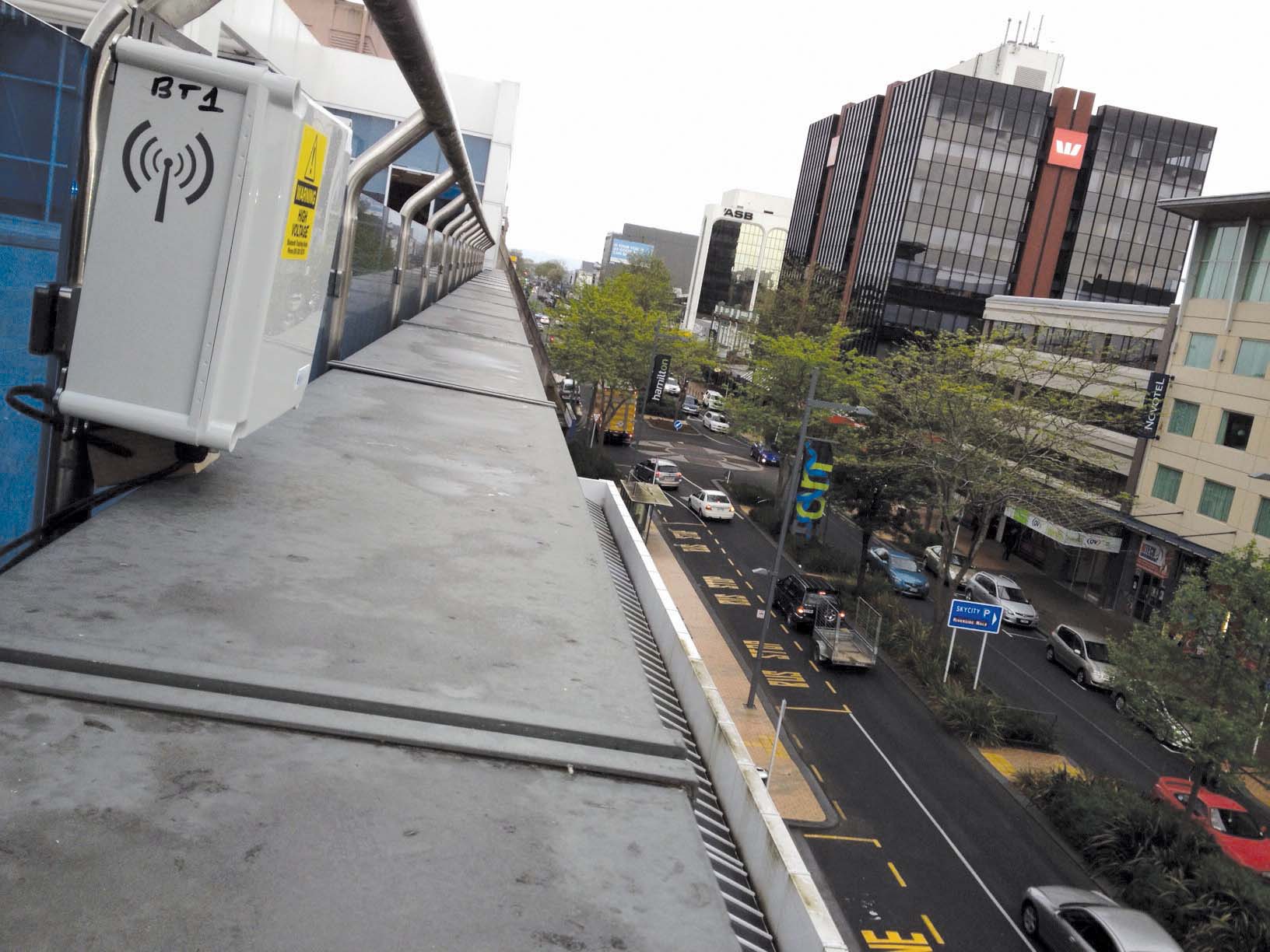
Brazil’s incident-prone Regis Bittencourt Highway was once known as ‘the highway of death’ but investment in ITS systems has brought about some big improvements, as Mauro Nogarin discovers
Between 2010 and the end of 2014, Brazil made major investments in traffic technology across its national highways with the result that the ITS network went from 4,963km of fibre optics to 8,524km and the number of cameras increased from 1,127 to 3,208.
With an investment of €42 million ($47 million), the Spanish company OHL installed the first ITS system in Brazil in the five major highways with a total length of 2,079km and which have a daily traffic of about 550,000 vehicles. The new infrastructure included 800 closed circuit TV cameras, along with radar and data collection stations in 200 lanes of traffic in order to facilitate traffic control and speed. Monitoring upgrades included weather stations and controls gauges.
The Bittencourt highway was built in 1961 and is one of the oldest in the country due to the economic and commercial importance of the industrial sector in the region of Sao Paulo. And since 2008 the Arteris concessionaire, a company controlled by the
Since 2008 the new administration has invested US$300 million in the various works including the installation and maintenance of horizontal and vertical signage, lighting, New Jersey concrete and drainage maintenance.
The Regis Bittencourt has had an ITS system since 2012, a very important tool for operational support. The highway connects the capital cities of São Paulo and Curitiba, which is the main transport corridor between the primary productive regions of Brazil to the rest of the country, running through the main cities in the states of São Paulo and Parana, while also facilitating imports and exports to the Mercosur countries (Argentina, Uruguay, Paraguay, Chile and Bolivia).
Of the 402km, 19km is currently two lanes, while 373km is four lanes. The traffic flow is about 30,000 vehicles per day and the majority (70%) is composed of buses and trucks.
The upward trend in the phenomenon of cargo theft on Brazil’s highways is another problem that has forced the concessionaire to accelerate investment in security cameras throughout the Bittencourt highway, where according to statistics from the Federal Transit Police, in 2013 there were 15,000 hijackings registered in the country with the majority concentrated in the states of Sao Paulo (51%) and Rio de Janeiro (24%).
In the years before the implementation of the ITS system, the Regis Bittencourt highway was nicknamed ‘the highway of death’ because of numerous crashes and incidents. However, according to the latest report from Arteris, the number of deaths was reduced by 26% over the same period the previous year. From January to December 2014, 96 fatalities were recorded versus 130 the previous year. Also the number of crashes recorded was reduced by 2.4% and the number of injured by 10%; while the total number of crashes went from 6,504 in 2012 to 5,581 in 2014.
In June 2015 the Federal Highway Police started implemented fixed radars located along the highway to detect speeding vehicles. Details of offending vehicles are collated by the operating centres which send daily electronic reports to the police so it can issue fines to speeding drivers. These are sent via mail to the registered owners of the vehicles.
Due to problems with laws for environmental protection, expansion of the four lanes still has not been completed. The biggest challenge has been expansion to four lanes in the stretch of Cafezal, which has already completed 17.9km of the total 30km stretch.
The operational structure currently Transit Police, in 2013 there were 15,000 hijackings registered in the country with the majority concentrated in the states of Sao Paulo (51%) and Rio de Janeiro (24%).
In the years before the implementation of the ITS system, the Regis Bittencourt highway was nicknamed ‘the highway of death’ because of numerous crashes and incidents. However, according to the latest report from Arteris, the number of deaths was reduced by 26% over the same period the previous year. From January to December 2014, 96 fatalities were recorded versus 130 the previous year. Also the number of crashes recorded was reduced by 2.4% and the number of injured by 10%; while the total number of crashes went from 6,504 in 2012 to 5,581 in 2014.
In June 2015 the Federal Highway Police started implemented fixed radars located along the highway to detect speeding vehicles. Details of offending vehicles are collated by the operating centres which send daily electronic reports to the police so it can issue fines to speeding drivers. These are sent via mail to the registered owners of the vehicles.
Due to problems with laws for environmental protection, expansion of the four lanes still has not been completed. The biggest challenge has been expansion to four lanes in the stretch of Cafezal, which has already completed 17.9km of the total 30km stretch. The operational structure currently Taking into account the size of the project, the federal concessionaire Arteris chose the most modern technologies available on the international market.
Along the 402km route of the motorway it installed 205 PTZ cameras with a 35X optical zoom function and which can provide up to 70X digital zoom without image distortion. This network provides coverage of a large proportion of the concession. All images are analysed via the video walls located in the middle of the operation centres.
The CCTV has the primary function of monitoring the flow of vehicles and the location of users who are in difficulty on all sections of the highway. User information on the status of the highway is transmitted via eight full matrix LED type variable panels, which show both text messages and traffic code symbols. In addition to these variable panels it has six mobile panels distributed along the highway at strategic points which are controlled remotely from the operations control centre. Monitoring the weather situation in real time is provided by the meteorological stations. However the toll system currently lacks the free flow system, but instead has a manual or automatic mode (with TAG installed on the vehicle) at the six collection points along the 400km of the highway.
| USERS SERVED IN 2015 | |
|---|---|
| Inspectors | 95,352 |
| Mechanical | 56,723 |
| Towing services | 28,497 |
| First Aid | 10,149 |
| Animal Capture | 571 |
| TOTAL | 191,292 |
| TYPE OF VEHICLES SERVED IN 2015 | |
| Cars | 30,207 |
| Bicycles | 114 |
| Trucks | 37,958 |
| Motorcycles | 3,032 |
| Buses | 1,699 |
| Others (Tractor, animal carts) | 873 |
| TOTAL | 73,883 |
Source: Autopista R. Bittencourt
- ABOUT THE AUTHOR: Mauro Nogarin is a freelance journalist based in Bolivia and specialising in the IT and energy related sectors.












